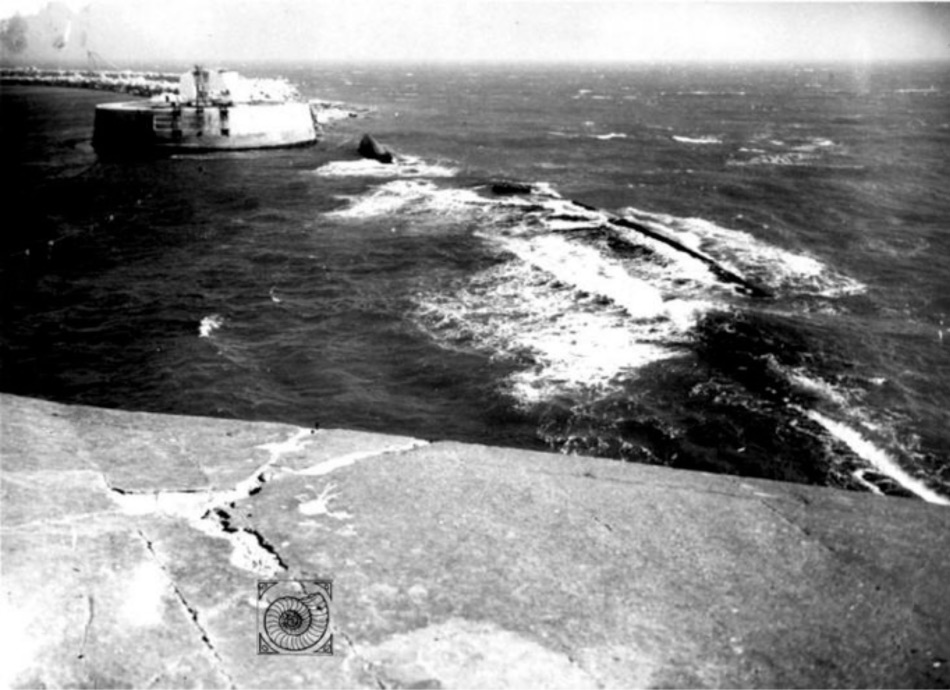Shipwrecked Weymouth
The south Dorset coast has become famous over the past century for its shipwrecks. Over the years, it is estimated that at least 1000 ships have been wrecked along this spectacular piece of coastline.
One of the most famous shipwrecks to lie off Weymouth is the Earl of Abergavenny (1805). This distinction is partly because she was held in high regard by the East India Company and the loss of the ship was so tragic. The ship came into Weymouth Bay to shelter from a storm in the English Channel, but while waiting for a pilot vessel she struck the Shambles Bank off Portland where she was grounded for a few hours. When she was freed from the Shambles the extent of the damage to her hull was realised and she sank while heading for Weymouth beach, just 1.5 miles off shore. 261 of the crew and passengers died due to the freezing water, while 141 survived by hanging to the mast and shrouds which stood above the water for many months.
HMS Hood (1891) was the last of 8 Royal Sovereign battleships to be built, and differed from the previous ships as she had a low freeboard, allowing her to take larger, heavier guns without losing stability. This was a deliberate shipwreck sunk in the southern entrance to Portland harbour in order to keep U-boats and torpedo’s from entering. She still remains in the harbour entrance to this day, but has rolled onto her side and has become unstable; meaning that diving on this wreck site is strictly forbidden.

HMS Hood. © Copyright Portland Museum.
Diving on boats and ships that have been lost or wrecked is heavily controlled, and each site is different. Many ships off the Dorset coast have been adopted under the ‘adopt a wreck’ scheme organised by the Nautical Archaeological Society, while other shipwrecks such as the HMS Formidable is designated a controlled site under the protection of the Military Remains Act 1986, and diving on these sites is forbidden.
There are also plans to create diving areas; ‘Wreck to Reef’ aims to sink two ships on a square kilometre of seabed in Weymouth Bay – providing space for a community reef, lobster reef and memorial area. The volunteer-run project will create a destination for divers to visit and the artificial reef created from the cleaned ships would also provide a home for marine life such as lobsters, crabs, fish and plants. In August 2014 artist Simon Faithful sunk the first art sculpture on to the community reef site; setting alight the concrete boat sculpture and sinking it to the bottom, where it will be home for marine life, plants and fish.
Whilst other boats lost at sea, such as the Weymouth fishing boat Purbeck Isle tragically lost in 2012, are considered by the families as the final resting place of their loved ones, and ask that the site remains a lasting memorial and is not dived on.









